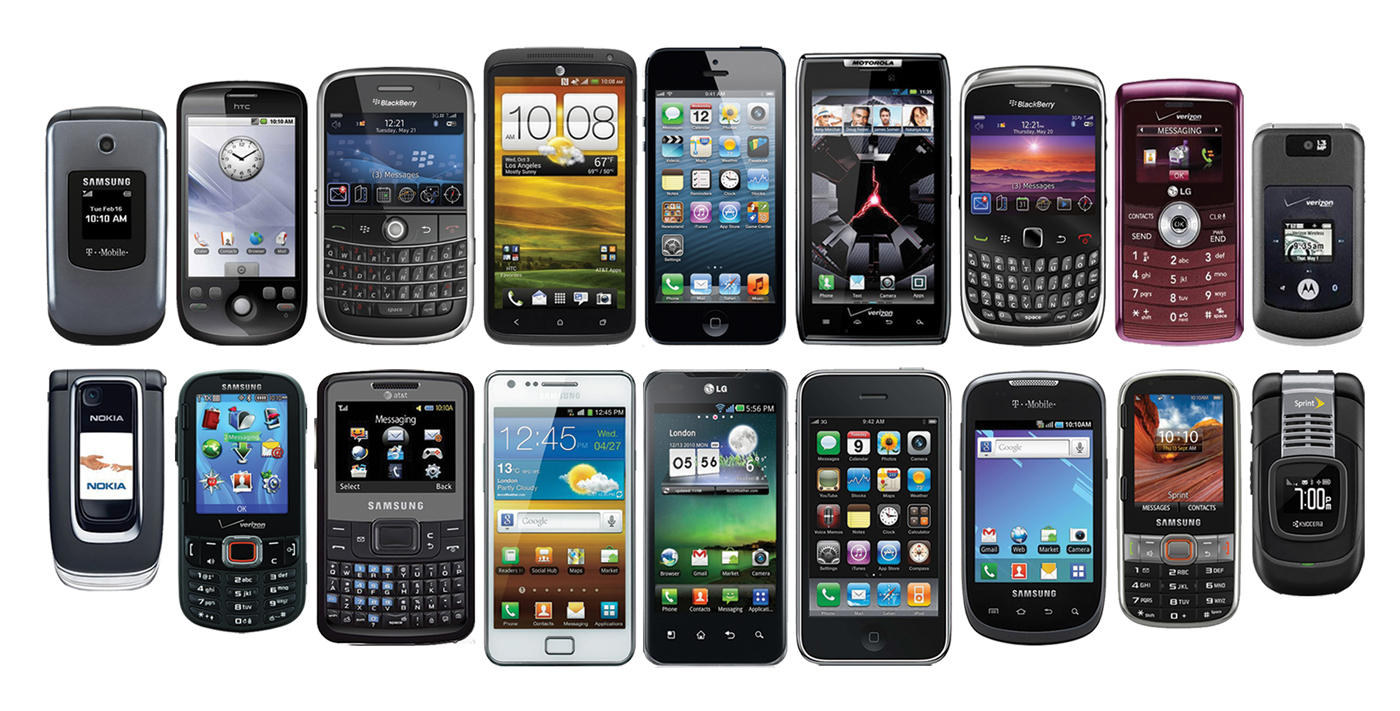Benefits
2016 Fringe Benefits Tax Series: #4: Cell Phones Can Be A Tax-Free Employee Benefit
If the employer doesn’t provide a cell phone, but instead initiates a reimbursement arrangement for an employee’s personal cell phone that is used for business, the IRS may treat it as a noncompensatory business purpose.
Jun. 28, 2016

In the not-so-distant past, employer-paid cell phones were treated as a taxable fringe benefit, subject to strict substantiation requirements for “listed property.” But the Small Business Jobs Act of 2010 changed the rules. Now employers can exclude the value of cell phones from taxable income as a “working condition fringe benefit.” Such a benefit is tax-free if it would have been deductible by the employees had they paid the cost themselves.
[This is part of a fringe benefits tax series by our resident tax expert, Ken Berry, J.D., on the “sweet 16” fringe benefits on the books for 2016.]
But this fringe benefit comes with a catch: To qualify for tax-free treatment, the employer must provide the cell phone to employees for “noncompensatory business reasons.” In other words, the employer must have bona fide business-related reasons for giving employees the phones. This tax exclusion extends to employer-paid cell phone plans.
What are some noncompensatory business reasons? The IRS offers the following three examples.
- The employer needs to be able to contact the employee at all times for work-related emergencies.
- The employer requires the employee to be available to speak with clients or customers at all times when he or she is away from the office.
- The employee needs to speak with clients located in other time zones at times outside of his or her normal work hours.
If the employer doesn’t provide a cell phone, but instead initiates a reimbursement arrangement for an employee’s personal cell phone that is used for business, the IRS may treat it as a noncompensatory business purpose. However, the reimbursement amount must be limited to the cell phone charges. Excess reimbursements should be returned to the employer or they must be treated as being taxable. Your payroll department will handle the determination of the taxable value.
Similarly, the value of personal use of an employer-provided cell phone provided primarily for noncompensatory business reasons is excluded from taxable income as a de minimis fringe benefit. This means that the value is so insignificant as to not being worth bothering to keep track of.
If there isn’t a noncompensatory business reason, the employer must include the value of the use on the employee’s W-2. Some examples of cell phone use that are not provided primarily for a noncompensatory business reasons are:
- To promote goodwill or morale of employees;
- Attracting prospective employees;
- Providing additional compensation to employees; and
- Reimbursement or payment for international coverage for a service technician with only local clients or customers.
IRS examiners are on the lookout for reimbursement arrangements that appear to deviate from the norm. For instance, if an employer reimburses an employee $100 per quarter for the first three quarters of the year and then provides a $1,000 reimbursement in the last quarter, the extra $900 could represent disguised compensation.
As long as employers stay within the tax law boundaries, they can provide a valuable tax-free fringe benefit for employees while furthering their business purposes. Get the word out to your clients.
